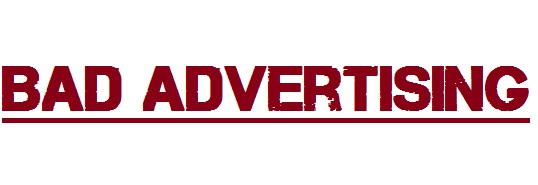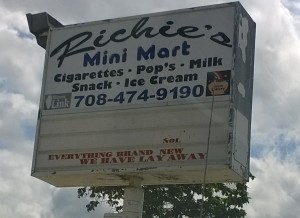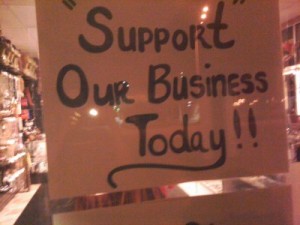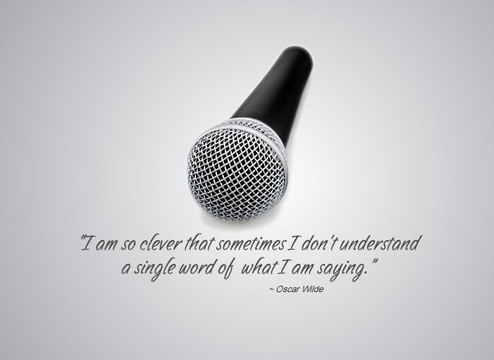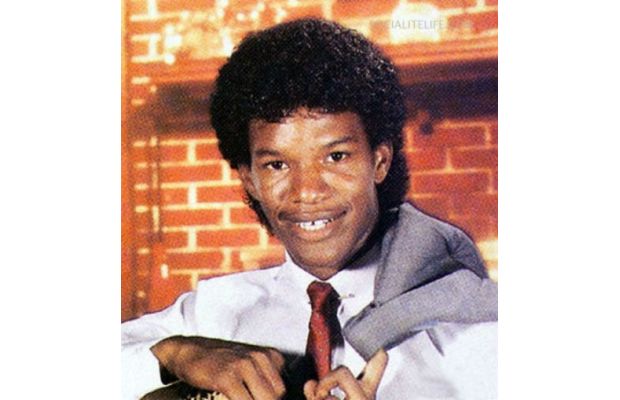What is Rolex’s unique value proposition (UVP), really?
What do they do that no other watchmaker does? Do they make the world’s most accurate timepieces? The most durable? Nope. The most aesthetically pleasing? I’d give that a “no,” but I guess that one is debatable. Do they offer special features that can’t be found in other watches? Not really.
So what is it that makes Rolex so special? If we think about that for a moment, we may gain insights that will immediately impact the way we run and market our businesses.
Two Unique Conversations

I’ve long been an advocate of finding your uniqueness. If you’ve been reading my stuff for any length of time, you’ve heard this conversation on numerous occasions. But my thinking about how uniqueness works out in the real world is evolving. Two conversations have really sparked my changing perspective.
My first inspiration came during a conversation with a brilliant marketer, my good pal Chuck McKay. He was explaining to me how there’s really no way for products to be truly unique anymore — at least not for more than a few months. Companies that create technological advancements that customers get excited enough to pay for usually see copycats coming up right behind them almost immediately.
Exhibit A: The multi-billion dollar global battle, Apple vs. Samsung.
Jack Welch said that “If you don’t have a competitive advantage, don’t compete.” So what do you do in an environment where your advantages can be ripped off so quickly?
Well, the force that creates loyal, enthusiastic customers (ones who don’t make price the the primary factor in their buying decisions) for companies like Apple, Rolex and Harley-Davidson can work just as well for you.
Boiling It All Down
You may point to the way that strong brand positioning is propelling companies like Rolex forward, and you’d be correct. But what really lies behind this branding thing? More importantly, how can you use it to build of loyalty and top of mind awareness like a Nike.
The second conversation I mentioned earlier was more of a conversation I had in my own mind after reading an article written by Kimanzi Constable. When you boil it all down, business is about relationships and experiences. Branding is about relationships and experiences, both real and imagined.

Have you ever seen images of fans at a Michael Jackson concert? People went bananas! Security personnel and paramedics were always on hand to handle people who whipped themselves into a frenzy and often passed out.
Good music was only part of the cause. You can bet these folks didn’t pass out every time a Michael Jackson song came on the radio. But at the concert, perfectly rational, even-keeled people became emotional, delirious fanatics . Their relationship with Michael may not have been personal, but it was very real.
Your favorite musicians may have a similar effect on you. Music creates powerful emotional experiences and, in a way, we have vicarious relationships with musicians (and other fans) through the art they perform.
Those experiences and relationships are where true uniqueness can be found. Even in a commodity business where unique value propositions are hard to come by, you can create unique experiences with customers. Just like famous musicians, you may never see them face to face, but the unique relationships you forge can be very real.
Years ago, I had a manager who told me that “every man should own a Rolex.” Rolex represents success, refinement and even masculinity for those who own them and those who desire them. This is the unique relationship Rolex has with its customers. The brand is capable of providing them with a highly-esteemed status symbol, one that draws both admiration and jealousy, in a way no other timepiece can quite replicate. The brand is an extension of the owner’s self-image, the self he wants to portray to others. He will gladly pay thousands of dollars to accomplish that.
Building Your Unique Value Relationship
Even if you have an established USP/UVP, you should start to think about your marketing and branding in terms of relationships instead of propositions. There are countless ways to build your unique value relationship (UVR). Since it is unique to each individual, I can’t tell you the best way for you to put everything together. But here are some principles to get you started.
1) Make and keep bold promises. Inspire, excite and challenge potential or existing customers. Most of your competitors will never do anything to shake people up and make them take special notice. They’re too busy playing it safe.
2) Provide remarkable customer service. Treat the customer like royalty (note how royalty and loyalty rhyme, at least in English). Give ridiculous guarantees and take away as much of the risk as possible from your customers. Make it easy to buy, easy to ask questions and get answers. Go further than your competitors are willing to go to take care of your customers’ needs. Live the Golden Rule. Don’t just say you care–prove it.
3) Stand for something. Or against something. Be a hero, an advocate. Champion the cause of your audience. Few things build and strengthen relationships like a shared goal or a common enemy.
4) Create an exclusive clique. Starbucks initiates customers into a whole new world of coffee enjoyment. I worked there for years, so I’ve seen the effect firsthand. These people are forever ruined to Folgers. But it’s more about being a member of an elite class of coffee connoisseurs than the quality of the drink. I had plenty of people tell me that Dunkin Donut’s brew tastes just as good.
If there’s anything in the world that’s a commodity, it’s coffee. Starbucks still found a way to become unique. It’s all in the experience.
5) Make the most of your location. Be THE neighborhood auto body shop. Or accountant. Claim your territory and dominate it. To steal a popular slogan, like a good neighbor, you should be there.
I believe the only way to free your business permanently from the commoditization rat race (a.k.a. the economy of today and tomorrow) is to develop and maintain a uniquely valuable relationship with people you can truly help. That is something no competitor can rip-off or destroy.
Go get started. Today.

